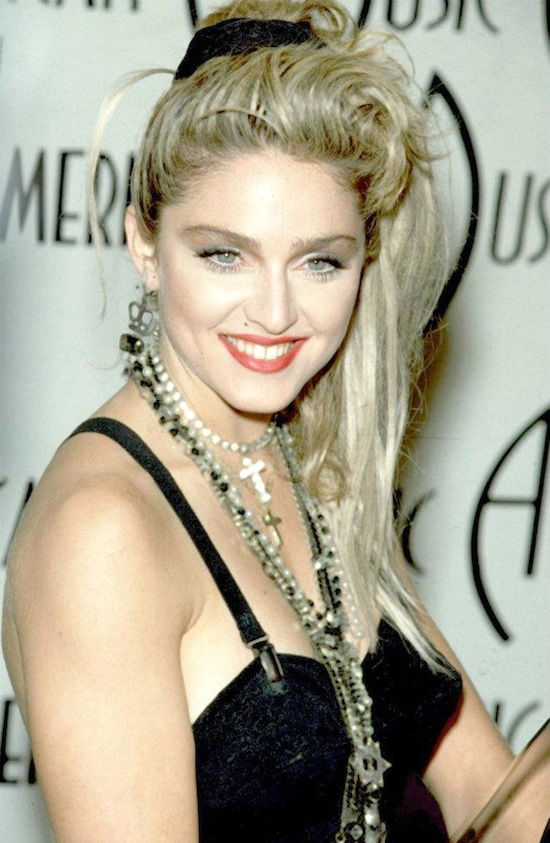Tell me how you came up with “Holiday.”
Lisa Stevens: I woke up, got on the keyboard and started playing those beginning chords over and over for a day or two. I couldn’t come up with anything else. I just kept hearing those chords. Curt said, “Lisa, I hear something with that.” At first, I said, “Wait a minute. Let me sit with this for awhile.” And then, I didn’t come up with anything. He came up with the hook—”Holiday, celebrate”—and that funky bassline. We just kicked it back and forth.
Curtis Hudson: Lisa wanted to go in a different direction. I was inspired by those first two chords. It kind of sticks in your gut. I wanted to write to it while I had that initial feeling. Maybe a week went by. By the time she said “Go ahead, you can write,” I pretty much had the whole song in mind. I had been feeling it, so it poured out of me.
LS: When I heard that bassline, I said, “Whoa, Curtis! You’re the man.”
What about the verses?
CH: I did most of the lyrics.
LS: I threw in a couple. Curt was looking for a line when I said, “How about, ‘It would be so nice’?”
CH: I pretty much wrote it from my head in 30 minutes. I did most of the lyrics and arrangements back then.
Do you usually have a concept before you start writing?
CH: It just comes together. The music inspires the feeling of the lyrics. At that time, I remember watching the news and thinking, “Wow, things are so depressing. We need to take a universal holiday—just that one day we could get away. That would be a great thing for this world.”
Curtis, you played on the actual recording of Madonna’s version.Tell me about the sessions.
CH: It was a complete arrangement with vocals, percussion, and everything. We took the demo into the studio and matched the new tracks to it. Fred Zarr played keyboards. My brother, Raymond, played bass. I played guitar. We pretty much did the same things we did on the demo.
LS: Fred added a lick in there, the piano solo at the end of the song. Everything else is exactly like we did it for them to follow; except, I sang all the backgrounds on the demo, and Madonna had the vocalists she was going to use—Norma Jean Wright and Tina Baker.
CH: We cut the rhythm track in a day and got the song really poppin’. Everybody was really happy. Madonna was in the studio throughout the recording of the rhythm tracks. She’s a very hands-on type of person. But matching the demo was a big concern for us—down to the string sounds. I didn’t want to get away from that, because Jellybean and Madonna felt the demo had a certain magic. On the demo, I played Rhodes, [programmed] strings, and drums. It was pretty much transferring what we did to a bigger studio. We had used a Linn drum, but Fred Zarr brought in his Oberheim.
However, I didn’t get a production credit on the record. Jellybean presented the song to the label. They had slated him to produce it, as he had an existing relationship with Madonna. It came with the territory that he would be credited as a producer. We debated amongst the group. I wanted a production credit. But we said, “It’s one song. Let that song be the way to get us out there.”
LS: I was there for the recording of the rhythm tracks; but Madonna wanted to do her own thing on the vocals and backgrounds—with no one else in there. She wanted to get her vibe, and she did a great job.
CH: The vocals are one of the major differences between the demo and the master for Madonna. Lisa’s were more soulful, had more of a gospel flavor and were a bit more energetic. Madonna’s style made it more poppish.
LS: But she got some of that soul in there. That’s what the public was saying. I was real happy with the way it turned out.
CH: I think Madonna doing the song is part of the magic of it doing what it did. It was a timing situation. Madonna was ready to happen. Pure Energy needed that one song to legitimize us, to say we can write hit songs. It was a perfect match for Madonna. She’s a hardworking artist. She did justice to it. She stayed true to the melody of the song. She didn’t take anything away from it.
LS: She added her thing to it. I like the fact that she didn’t try to copy me. She put herself into it. She’s a songwriter herself, and a great artist.
Did you know that the song was going to be released as a single?
LS: We didn’t know. “Lucky Star” was supposed to come out first. But the radio stations picked up “Holiday” and started putting it in regular rotation. The song just took off after that. We were happily surprised. It didn’t even have a music video to support it, because Warner Bros. wasn’t prepared.
CH: We would get calls from radio stations that people knew it was a Pure Energy song. They knew our vibe. At that time, a lot of people also thought Madonna was a black artist. When we’d go around doing radio promotions of our own records, people often would tell us that they sensed “Holiday” was our production, even though they saw Jellybean’s name on it. They could hear our stamp all over the song, and they asked, “How could you just give that way?” That could be your number-one song.
Madonna has cited “Holiday” as one of her favorite songs she’s recorded. What do you think makes it stand out to her?
CH: When the song was starting to chart and everybody was buzzing, we would run into her at airports. We were performing in some of the same places. She told us, “Thank you for writing this song. You guys don’t know what you did!” She was really excited about it. I think that might be why it’s a favorite, because the song really put her out there and made her a legitimate artist.
Warner Bros. didn’t produce a music video for it at a time when music videos really started to make songs. Had they done a video, then “Holiday” probably would’ve been a much bigger song than it was at the time; probably #1 pop.
What memories do you have of working with Madonna? Any thoughts on her impact on the music industry?
CH: She definitely knows what she wants—what works for her, what doesn’t work for her. I’ve heard a lot of people criticize her vocals; but she knows what works for her range and how to get the best out of her sound.
LS: You know it’s Madonna when you hear her. She’s got her own sound, her own look. She’s a great businesswoman and very talented individually.
CH: We felt she was going to be a big artist. I remember when she came into the studio: her style of dress was so different. She had these rags and pieces of material attached to her clothes. There was something about her. I remember telling her, “I think you’re going to be a big star next year at this time,” and she said, “You really think so?” At the time, it seemed like she was going through a whole lot of stuff with her management and career.
She knew how the business worked early on. Some people complained that she uses you up; but I never felt that way. I felt that she, being a woman in the industry, knew how difficult it would be. And she wasn’t in a group; she was by herself. She knew the games people play; so she said, “I’m gonna play this game for me to come out on top.” I respected that about her. She wasn’t going in like some artists, who let people take total control of them—what to do, when to do it, how to do it. They don’t know anything about the business; and once their time is up, they’re thrown aside for another artist.
She’s a very hands-on person. I remember when I was cutting the guitar track for “Holiday,” there was a little something I do in the rhythm where she was, like, “Do you have to do that?” I told her that it was part of the funk in the rhythm. She said, “Are you sure you have to do that?” She picked up just that little part in the guitar rhythm and really wanted me to play it another way. I assured her that it was best the way I was doing it. But I was impressed; a lot of times singers don’t notice stuff like that.
Nowadays, we’re missing that element of everybody going in there and doing it. Many times, artists don’t do anything but go in and learn the song from the songwriter’s demo. They then cut it phrase by phrase to the track. That’s it. They have no input. It’s whatever the writer hears. That’s why most writers now are very good singers. Most of the top ones are artists who didn’t get signed. But the artists don’t have any real work to do. They just copy everything, even the ad-libs.
LS: Being a songwriter and producer, she handles things. She was there from beginning to end of the recording session. She’s an on-point performer. A lot of singers can’t get up there and dance and sing at the same time—they go flat. But she stays strong.
CH: A lot of people compare Lady Gaga to her. But there was no Madonna before Madonna. She had no blueprint to go by when she came out. So you really can’t compare the two. Madonna created so many different things that young people can draw from now.

















